The guessing is over. Roche has detailed new Polivy data that could change nearly two decades of treatment standards in newly diagnosed lymphoma—while opening up a blockbuster opportunity.
In Teligent’s case, the company is recalling two lots of topical lidocaine solution after companies testing the drug received superpotent results at the nine-month and 18-month stability time points. The company faced similar problems in September, and it had a number of run-ins with the FDA prior to that.
In previously untreated diffuse large B-cell lymphoma (DLBCL), the combination of Polivy and a Rituxan-containing R-CHP regimen pared down the risk of disease progression or death by 27% over the standard-of-care R-CHOP cocktail, Roche said at the American Society of Hematology (ASH) annual meeting.
An expansion into front-line DLBCL could mean $2.1 billion in additional peak sales for Polivy, Jefferies analyst Peter Welford said in a September note to clients. The Roche antibody-drug conjugate now looks more likely to hit that goal, given its benefit on the progression-free survival marker came in at the higher end of physicians’ expectations.
In a survey Welford conducted earlier with 50 U.S. oncologists, doctors said they would switch about 43% of front-line DLBCL patients to Polivy if the drug shows “striking” difference—defined as a more than 25% risk reduction—in progression-free survival and similar complete tumor clearance rate to the R-CHOP regimen. Assuming potential additional entrants, the doctors assigned about 36% of share to Polivy in front-line DLBCL in five years’ time.
The R-CHOP regimen has set a very high efficacy bar for front-line DLBCL with a cure rate of 60%, Ginna Laport, M.D., global head of lymphoma and chronic lymphocytic leukemia development at Roche’s Genentech, said in an interview.
“The fact that we can put a dent and provide this incremental increase in progression-free survival … we think it will make a difference,” Laport said.
The percentage of patients who enjoyed no sign of tumors at the end of treatment was not significantly different between the two regimens, at 78% for Polivy-R-CHP and 74% for R-CHOP. But the duration of response appeared to last longer for the Polivy combo.
Laport argued that achieving complete response is only the first step to cure, whereas reducing the chance of progression marks the second key step. But on the ultimate goal of life extension, there was not yet a difference in patient survival between the two groups; 88% of patients in both arms were still alive after a median follow-up of 28.2 months.
Still, patients who had received R-CHOP failed more frequently and therefore more of them received additional treatment, the trial investigators said. The use of effective subsequent treatments could explain the lack of survival difference now, Gilles Salles, M.D., Ph.D., of the Memorial Sloan Kettering Cancer Center and an investigator of the current phase 3 POLARIX trial, said during a press briefing.
“From patients’ point of view, we also think that avoiding having to go to another line of treatment and to undergo several procedures such as transplant or CAR-T therapy … is a very significant benefit,” Salles said.
Another key data point industry watchers are tracking is the rate of neuropathy for the Roche drug. Neuropathy is a known side effect of Polivy, and Roche removed vincristine (O) from the R-CHOP regimen for the Polivy combo to avoid potentially compounded neuropathy toxicity.
In the POLARIX trial, the frequency of peripheral neuropathy at any grade was similar between the two groups, at 52.9% for Polivy-R-CHP and 53.9% for R-CHOP. The rate for grade 3 and 4 incidents were 1.6% and 1.1%, respectively. The overall safety profile between the combos was similar, with no notable problems for Polivy, Laport said.
Investigators will continue following up the patients for longer overall survival data. For now, Roche is talking to regulators about a filing in first-line DLBCL, Laport said.
Polivy might have some additional company in newly diagnosed patients down the line. Also at ASH 2021, Gilead Sciences just reported positive early tumor response data for its CAR-T therapy Yescarta, showing a 78% complete response rate in a small group of phase 2 patients. Morphosys and Incyte are also aiming to move their second-line antibody drug Monjuvi to the first line.
Roche has its countermeasure, most notably in CD20xCD3 T-cell engaging bispecific antibody mosunetuzumab. At ASH 2021, the novel drug put up stellar pivotal results with deep and durable responses in relapsed or refractory follicular lymphoma plus a relatively clean safety profile.















